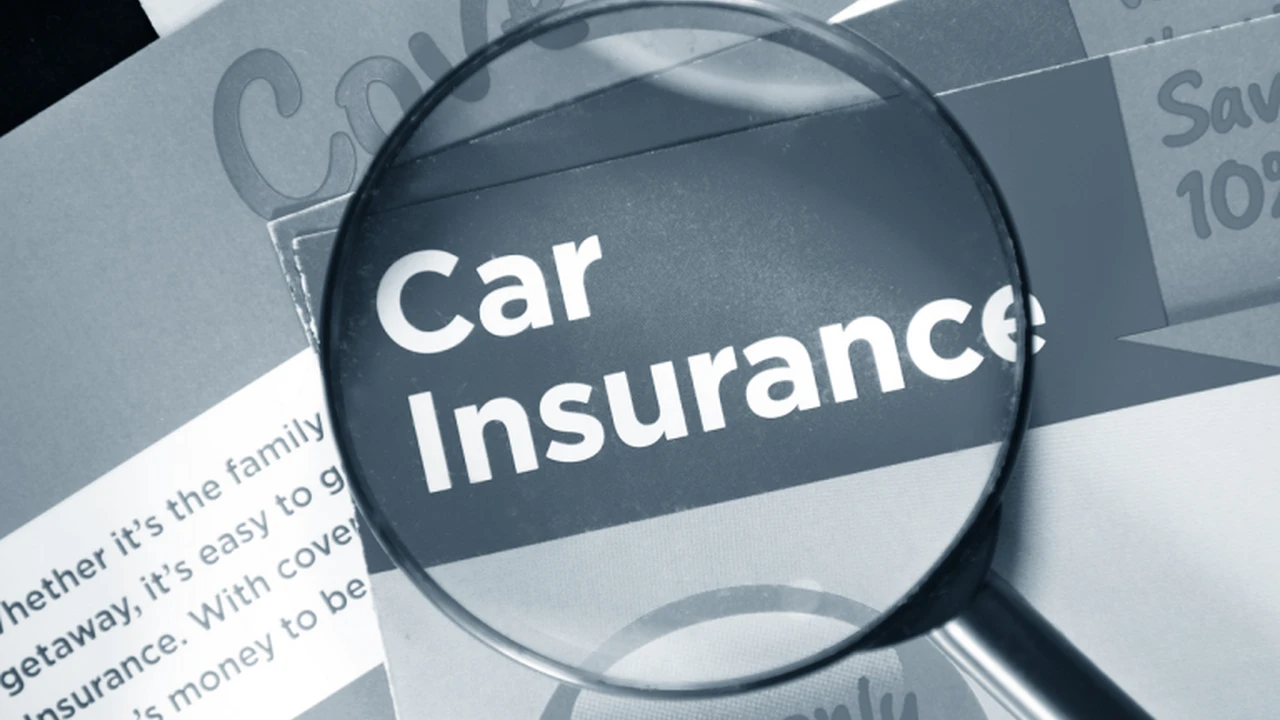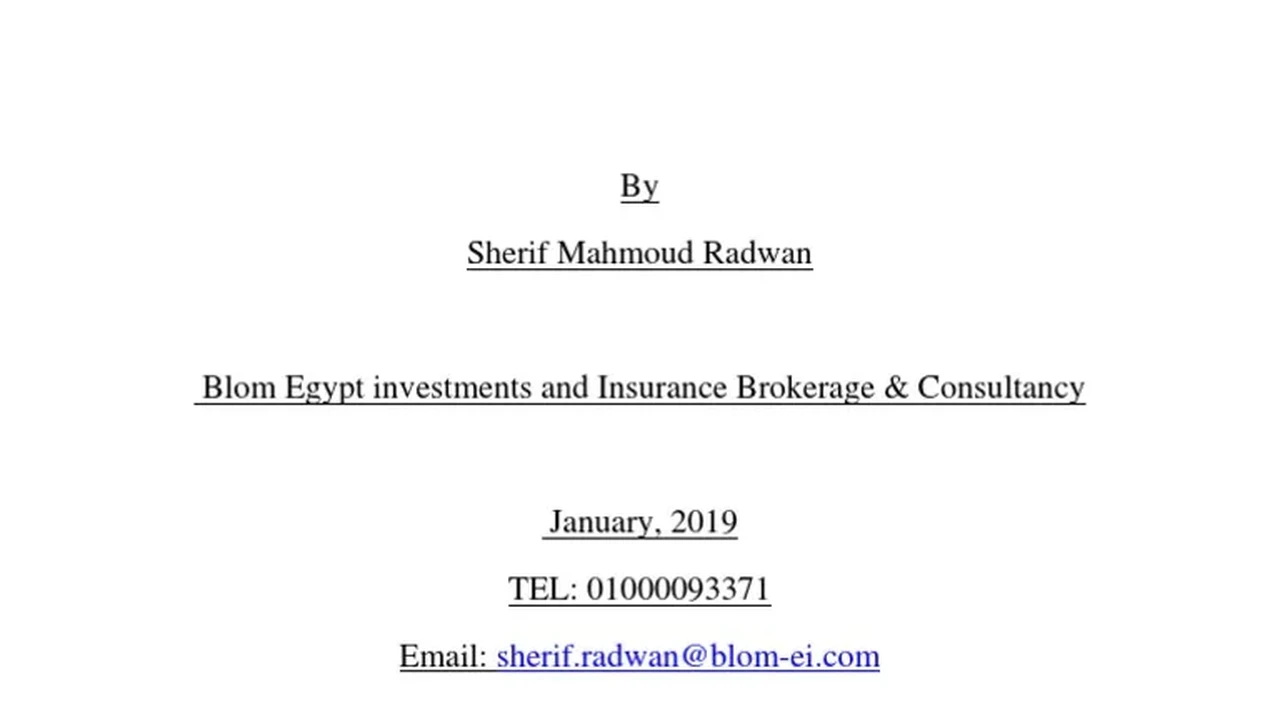Navigating State Car Insurance Regulations: A Comprehensive Guide

Understanding the Labyrinth of State Car Insurance Laws
Alright, buckle up buttercup, because we're diving headfirst into the wild world of state car insurance regulations. It's a jungle out there, a patchwork quilt of laws and requirements that can leave even the most seasoned drivers scratching their heads. Why all the fuss? Well, each state gets to decide its own rules for minimum coverage, liability, and even how insurance companies operate. This means what's perfectly legal and adequate in California might get you fined in Florida. So, let's demystify this regulatory maze, shall we?
Minimum Coverage Requirements State by State Breakdown
First things first: minimum coverage. Every state (except New Hampshire and Virginia, which have some unique loopholes we'll get to) requires you to carry a certain amount of liability insurance. This is the insurance that pays out if you're at fault in an accident and cause damage or injuries to someone else. Think of it as your financial safety net. The amounts vary wildly. Some states are relatively lenient, while others demand much higher coverage levels. Let's look at some examples:
- California: 15/30/5. This means $15,000 for injury to one person, $30,000 for injury to all persons in an accident, and $5,000 for property damage. Pretty low, honestly.
- Texas: 30/60/25. Better than California, but still not super high.
- Florida: 10/20/10. Shockingly low considering the high number of uninsured drivers!
- New York: 25/50/10. A bit more reasonable, but still consider higher limits.
These are just the bare minimums. Carrying only the minimum coverage can be risky. If you cause a serious accident, you could be personally liable for any damages that exceed your policy limits. Your assets – savings, home, even your future earnings – could be at risk. Think about that for a second. Scary, right?
No-Fault Insurance States and Personal Injury Protection (PIP)
Now, let's talk about "no-fault" states. These states have a different way of handling accidents. In a no-fault state, your own insurance company pays for your medical bills and lost wages, regardless of who was at fault. This is called Personal Injury Protection (PIP). The idea is to speed up the claims process and reduce lawsuits. However, it also means you might not be able to sue the other driver unless your injuries meet a certain threshold (e.g., permanent disfigurement, significant loss of bodily function). States with no-fault insurance often have specific PIP requirements.
Examples of no-fault states include Florida, Michigan, New York, Pennsylvania, and others. Each state has its own rules about PIP coverage amounts and what it covers. For instance, Florida has a $10,000 PIP limit, while Michigan offers different PIP options, including unlimited coverage (which is, unsurprisingly, more expensive).
Uninsured and Underinsured Motorist Coverage Protection
What happens if you're hit by an uninsured or underinsured driver? This is where Uninsured Motorist (UM) and Underinsured Motorist (UIM) coverage come in. UM coverage protects you if you're hit by someone who doesn't have insurance at all. UIM coverage kicks in when the other driver's insurance isn't enough to cover your damages. Both are incredibly important, especially in states with a high percentage of uninsured drivers (like Florida!).
Let's say you're seriously injured in an accident caused by an uninsured driver. Without UM coverage, you'd be stuck paying for your medical bills, lost wages, and vehicle repairs out of your own pocket. UM coverage can help cover these costs, up to your policy limits. Similarly, if the other driver has insurance, but their policy limits are too low to cover your damages, UIM coverage can fill the gap.
State-Specific Regulations on Car Insurance Rates
Believe it or not, states also regulate how insurance companies can set their rates. Some states have stricter regulations than others. For example, some states prohibit insurers from using factors like credit score or marital status when determining rates. California, for instance, limits the factors insurers can use to your driving record, years of experience, and miles driven annually. Other states are more lenient, allowing insurers to consider a wider range of factors, including age, gender, and even occupation.
This means that the same driver, with the same car, could pay significantly different premiums depending on where they live. It also means that it's crucial to shop around and compare rates from multiple insurance companies to find the best deal in your state.
Navigating the Fine Print: Policy Exclusions and Endorsements
Don't just skim your insurance policy – read it! The fine print contains crucial information about what's covered and what's not. Pay attention to policy exclusions, which are specific situations or types of damage that your policy won't cover. For example, most policies exclude damage caused by intentional acts or illegal activities. Also, learn about endorsements, which are additions to your policy that provide extra coverage. For example, you might add an endorsement to cover custom equipment on your car or to provide rental car reimbursement in case of an accident.
Product Recommendations and Comparisons for Enhanced Car Insurance Coverage
Okay, so you know the basics of state regulations. But how do you actually choose the right insurance products to protect yourself? Let's look at some specific recommendations and comparisons:
Gap Insurance: For Those Upside-Down Loans
If you financed your car, especially with a small down payment, you might owe more on your loan than the car is actually worth. This is called being "upside-down" on your loan. If your car is totaled, your insurance company will only pay the actual cash value of the car, which might not be enough to pay off your loan. Gap insurance covers the difference between what you owe and what the car is worth.
Product Recommendation: Most major insurance companies offer gap insurance as an add-on to your auto policy. You can also purchase it through your lender or a third-party provider. Prices typically range from $200 to $500 for the life of the loan.
Usage Scenario: Ideal for anyone who financed their car with a small down payment or who is leasing a vehicle.
Rental Car Reimbursement: Keeping You Mobile After an Accident
If your car is damaged in an accident, you might need a rental car while it's being repaired. Rental car reimbursement coverage pays for the cost of a rental car, up to a certain daily limit and for a certain number of days.
Product Recommendation: Most major insurance companies offer rental car reimbursement as an add-on. Look for policies that offer a reasonable daily limit (e.g., $30-$50) and a sufficient number of days (e.g., 30 days).
Usage Scenario: Essential for anyone who relies on their car for transportation and can't afford to be without it.
Roadside Assistance: For Those Unexpected Breakdowns
Roadside assistance coverage provides help if you break down on the road. This can include towing, jump starts, flat tire changes, and fuel delivery.
Product Recommendation: Many insurance companies offer roadside assistance as an add-on. Alternatively, you can purchase a separate roadside assistance plan from companies like AAA. AAA offers different membership levels with varying benefits and prices.
Comparison: Insurance company roadside assistance is often cheaper, but AAA may offer more comprehensive coverage and additional benefits like travel discounts.
Usage Scenario: A good idea for anyone who drives frequently or who owns an older car that's more prone to breakdowns.
Umbrella Insurance: The Ultimate Protection
An umbrella insurance policy provides an extra layer of liability protection above and beyond your auto and homeowners insurance policies. It can protect you if you're sued for a large amount of money and your other policies aren't enough to cover the damages.
Product Recommendation: Umbrella policies are typically sold in increments of $1 million. The cost varies depending on your risk profile, but it's generally quite affordable. Expect to pay a few hundred dollars per year for $1 million in coverage.
Usage Scenario: Recommended for anyone with significant assets or who is at a higher risk of being sued (e.g., doctors, lawyers, business owners).
Staying Updated on Changing State Regulations
The car insurance landscape is constantly evolving. State laws change, new technologies emerge, and insurance companies adapt their products and services accordingly. It's important to stay informed about these changes so you can make sure you have the right coverage to protect yourself. Subscribe to insurance industry newsletters, follow relevant blogs, and periodically review your policy with your insurance agent to ensure it still meets your needs.
:max_bytes(150000):strip_icc()/277019-baked-pork-chops-with-cream-of-mushroom-soup-DDMFS-beauty-4x3-BG-7505-5762b731cf30447d9cbbbbbf387beafa.jpg)





